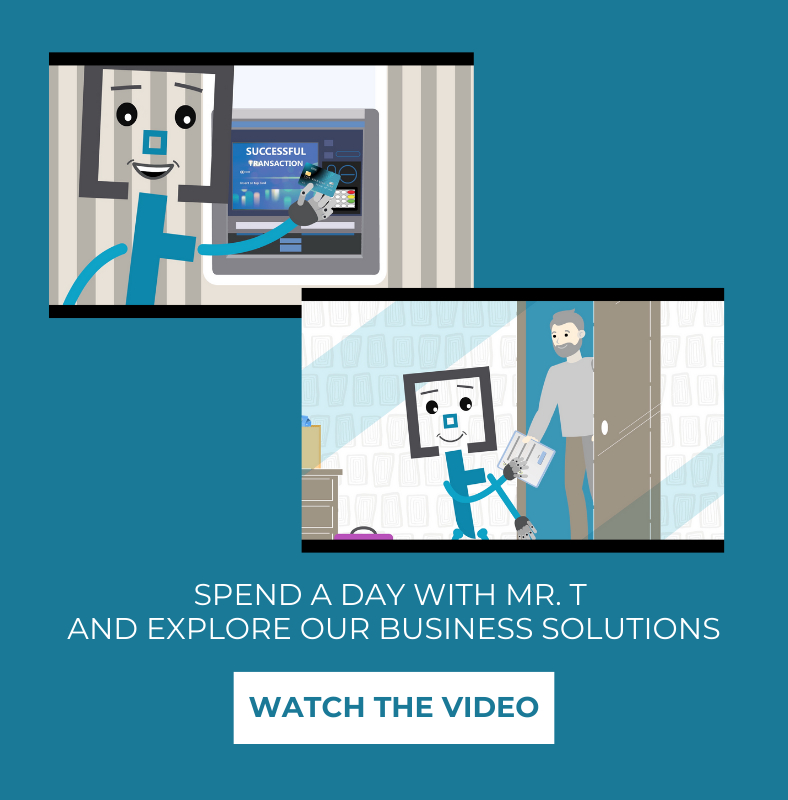 Virtual health and other innovations in digital health are rapidly becoming more popular among consumers who, in fact, have been accelerating the pace of change in the sector. Early in the COVID-19 pandemic, telehealth usage increased rapidly as patients and health care providers searched for ways to safely access and deliver care. What was born out of necessity, now it is a chance to reinvent health care, ensuring greater access.
Virtual health and other innovations in digital health are rapidly becoming more popular among consumers who, in fact, have been accelerating the pace of change in the sector. Early in the COVID-19 pandemic, telehealth usage increased rapidly as patients and health care providers searched for ways to safely access and deliver care. What was born out of necessity, now it is a chance to reinvent health care, ensuring greater access.
The use of telehealth has increased 38X since pre-COVID-19; both patients and health care providers have been more open to using technology, but at the same time regulatory changes have simplified processes and enabled greater access. In fact, digital innovation has helped support clinicians' way of working, with 65% of EU health care providers saying their organization had increased its adoption of digital technologies, while 80% of patients say they are likely to have another virtual visit, even post COVID-19.
What do consumers expect from virtual health care services?
According to a McKinsey study, health care is undergoing a significant shift driven by consumers; between 40% and 60% of consumers are interested in virtual health solutions. Innovations in health and well-being products, services, and tools stem from consumer needs and goals, with clinician-patient interactions changing due to their preferences for digital, on-demand, and seamlessly connected interactions.
With the changing preferences in digital health, emerging technologies have reasonably assured us that these changes will be influenced in large part by data interoperability, artificial intelligence (AI), and open, secure platforms. How do consumers anticipate that health organizations will utilize these innovations?
Increased availability of smart wearables
The wearable electronics that monitor our sleep patterns, steps, and even heart rate have dramatically impacted the way we live today, with 75% of individuals who track their health saying it changes their behavior at least moderately. As the trend accelerates, we should see growth. In future generations of sensors, for instance, we will move from wearables to embedded sensors that are always on and invisible.
There have already been several MedTech companies that are constantly integrating operating biosensors and software into devices that are able to collect, process, and share data. By harnessing data and using AI, we can monitor and prevent diseases by taking proactive measures and monitoring our health.
Focus on well-being and prevention
The health system is typically only contacted by patients when they are ill or injured. Although treatment will remain a big part of health care in the future, preventive measures and well-being will be at the center. Health spending is expected to be focused on maintaining well-being and preventing illness by 2040, with less people going in to treat illness and assess conditions. In the future, consumers will receive ongoing advice and support in order to sustain their well-being, rather than being diagnosed and treated.
Security and data storage transparency
Information will play a crucial role in providing seamless experiences to consumers, as data about individuals, populations, institutions, and the environment will be at the heart of health care in the future. While perceptions and usage of telehealth have steadily improved since the peak in spring 2020, perceptions have slightly slipped.
Consumers and providers must overcome some barriers to adopt virtual health practices, including fears of technology security. Meanwhile, hybrid models will evolve to optimize in-person and virtual care delivery. Security of each individual's data and the value that that data contributes to consumers is essential in creating trust between health care organizations and consumers.
Improved access to behavioral health and specialty care
As many areas across countries suffer from provider shortages, boosting behavioral health services may help address this issue. In rural areas where many specialties are not available, expanding access to specialty care capacity could prove beneficial. The success of virtual health outside of rural areas depends on the ability to access care quickly and efficiently. As a result communities and providers may be able to establish extended partnerships.
At the same time, virtual health is able to provide consumers easier access to care through convenient digital channels, avoiding unnecessary visits to emergency rooms and reducing health care costs. Innovations in at-home diagnostic equipment and solutions, will facilitate this process and allow virtually delivered care to be combined with in-home care visits.
Health care organizations must embrace innovation and ensure that they meet the needs of consumers, as well as develop health care models that can maximize virtual care's potential.
Taking patients' medical journeys to the next level
As supply chain challenges related to COVID-19 arose during the pandemic, collaboration was more urgent than ever before. It is highly likely that supply chain issues will continue to plague providers as outbreaks of COVID-19 occur, recede, and reappear. A collaborative approach is essential to meet these needs.
Immersive virtual health investments continue to grow; a Rock Health report for the first half of 2021 reveals that venture capital investment into digital health hit $14.7 billion, a significant increase over all investments in 2020 ($14.6 billion). Innovating health care services will provide consumers with detailed insight into their health, they will possess their own health data, and they will play a key role in deciding their health and well-being.
The consumer will be at the heart of the health care model by 2040. As the industry moves towards seamless, always-on data, incumbents and new entrants (disruptors) will offer new combinations of services. There is a great possibility of accurate, less invasive, and less expensive interventions and treatments.
By using the latest digital tools, organizations and health care providers can offer patients seamless and secure experiences, engaging with them in new ways, and providing the opportunity to sign and receive documents electronically. Online follow-up visits could save time, effort, and costs by allowing patients to request prescriptions, lab results, and consultations digitally, with doctors avoiding patients' inflow.
With clickID, you can digitally onboard and verify the identities of your patients providing a seamless, secure, and compliant experience. eSignature's document tracking and management increase efficiency and productivity, while reducing costs. Our complete multi-channel solution consists of:
- Digital onboarding: Various identification options are available, from self-identification to video identification. Easy-to-follow and available on multiple devices, the process is simple to follow. It takes a patient no more than a few minutes to safely identify themselves.
- eSignature: The eSignature process allows customers to sign any document electronically once only, saving the hassle of making multiple copies, printing, and filing. Your patients can access all their documents and services from any device, if necessary.
- Document Management: Data is securely moved between parties, and the platform tracks and manages document flows. Any documents received by patients can be stored on their devices for future reference while the corresponding digital archive can be maintained effortlessly by your staff.
If you want to share useful information with patients, including information about health issues, or information about the facility and staff, you can install digital signage in waiting areas and other spaces in hospitals, health centers, and care facilities, which will improve people's experience and increase sales.
When COVID-19 is underway, queue management can be helpful in managing patient flow. In addition to ensuring health facility social distancing, this type of system can also secure an enjoyable experience. Checking in can be done via QR code or text message, or through a host. Patients will receive an estimated waiting time and can monitor their position in the queue, as well as from the comfort of their own cars or cafes nearby.
A new suite of digital tools and services can result in greater patient satisfaction, improved medication adherence, and improved health tracking. In spite of patients’ willingness to share their data, health care organizations need to ensure that the data best serves patients by encouraging interoperability between organizations. Identifying reliability, transparency, and, above all, empathy in how businesses operate is crucial if businesses are to maintain or even regain the trust of patients in this context.
For over 30 years, Printec has been providing digitalization and transaction automation solutions to our customers, always modifying our solutions to meet market requirements. Working with a range of organizations with various regulatory frameworks and complexities, we have the experience to help you implement the most secure solutions. Let's discuss the specific needs of your organization and how Printec can assist you in the future.







